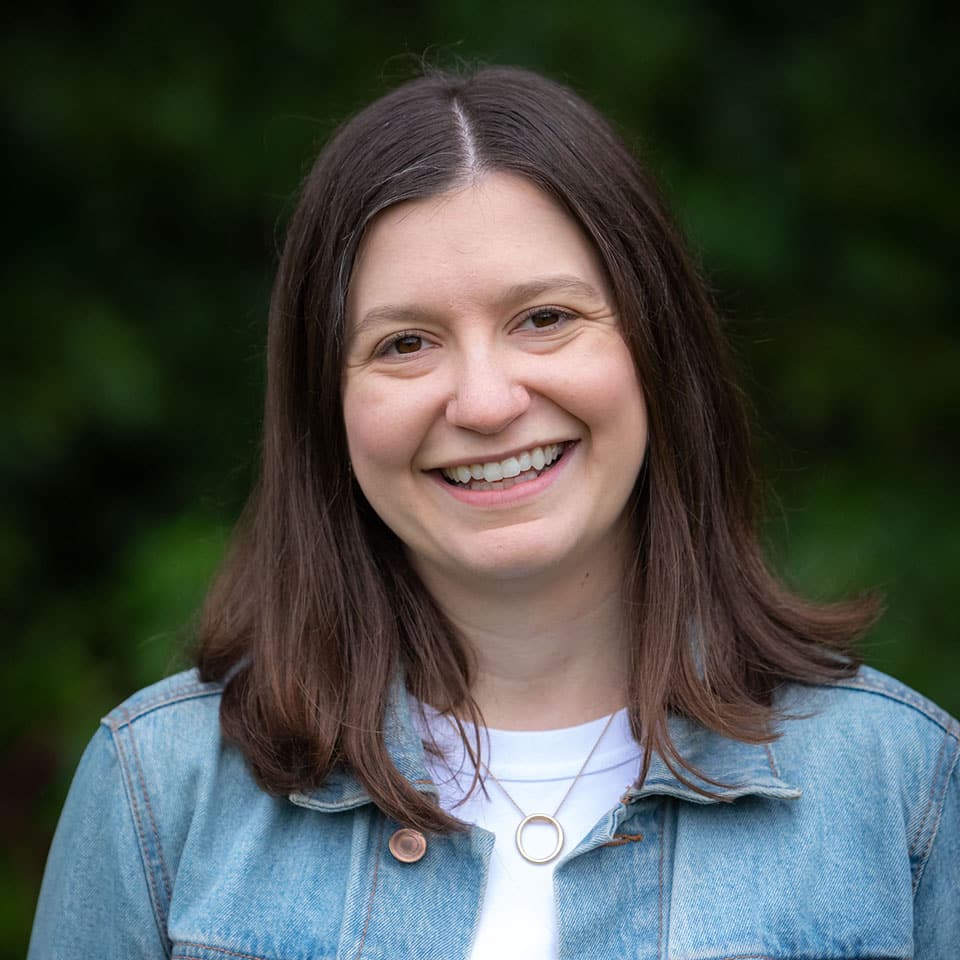At Belmont Day, learning rarely happens alone. Whether it’s students working through a challenge together, a class discussion that grows from one idea to the next, or the quiet influence of a peer’s example, collaboration shapes how learning unfolds. We teach our students that collaboration is not just about dividing tasks, but about listening, learning from others, and creating something stronger together.
The same is true for our faculty. One of the things that makes Belmont Day such a rich place to learn and work is the way collaboration is built into our professional lives. It happens in the daily rhythms, in quick check-ins between classes or shared planning time. And it also happens through more intentional structures. We send groups of teachers to learn together at conferences, we create space for summer projects through Lenesa Leana Grants and Inspire Stipends, and we celebrate the energy that emerges when people learn in partnership.
Teachers consistently tell us that what stays with them from professional development is not only the new strategies, but also the conversations that follow. Those discussions deepen the ideas, adapt them to our own context, and make the learning last. As one faculty member reflected, “Participating in off-campus PD with colleagues is a great way to get to know each other better, bond as a team, and have time to discuss things in depth.”
Our summer grants tell a similar story. This past year, colleagues created a BDS writers’ group. Others designed a system for math kits that could be checked out from the library. Another team reimagined gross motor opportunities in pre-kindergarten. These projects might look different on the surface, but they share something in common: they grew out of the shared energy and ideas that come when colleagues bring their perspectives together. As one teacher put it, “I think any opportunity to learn and be creative is worthwhile for every faculty member here at BDS. The bonus is being in a diverse group of colleagues, sharing a common learning experience.”
Again and again, what rises to the surface is that collaboration itself is often the most impactful part of professional growth. Yes, we bring back strategies and resources, but what stays longest is the time to think deeply with one another. Ideas gain traction and meaning when they are tested, adapted, and expanded in partnership with others. That insight echoes what we hope our students discover: the process of working together is not just preparation for the “real work.” It is the real work.
This culture of collaboration models our core values in action. Respect for one another’s ideas. Responsibility in contributing fully. Joy in the sparks that come from creative exchange. And ultimately, it is our students who benefit. They learn in classrooms infused with new ideas, taught by teachers who return energized and inspired, and they see every day what it looks like to be lifelong learners working in community.

